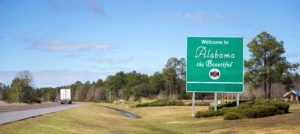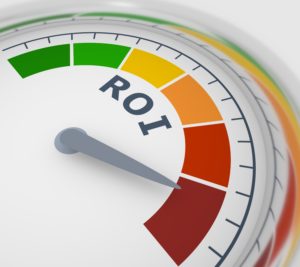As we get ready to turn the corner to fall, winter is not far. For many truckers, that means cool mornings, frosted windows, and winterizing your stored diesel fuels. If No2, or regular, diesel cools during the cold overnight temperatures, wax crystals can develop in the fuel, reaching what is called the “cloud point.” The fuel will look cloudy when this happens, and wax can plug the fuel filter, leading to poor starts, stalling, engine hesitation, and engine damage. One way to prevent those detrimental side effects is to create a winter blend with No1 Diesel.
What is Winter Diesel Fuel?
Winter diesel fuel refers to diesel fuel that is enhanced in order to prevent it from gelling in cold, wintery conditions. Generally, winter diesel fuel is achieved either by treatment with additives that transform the fuel’s low-temperature characteristics or blending No2 diesel with No1 diesel.
When to Winterize
No2 diesel’s cloud point is about 14 degrees F. We recommend switching to a winter blend 10 degrees above the cloud point. So, when average overnight temps for the location are below or near 24 degrees F, it’s time to start a winter treatment with either No1 diesel or with a winter additive.
It’s also important to factor in your existing inventory before blending, don’t just pour No.1 diesel on top of stored fuel. First, you should gauge your remaining inventory or the volume of No.2 that’s left in the tank. If No.1 diesel is added to the storage tank without proper blending, the winterized product may be diluted and not help reach the target temperature rating for the fuel in your tank..
Important Things to Know About No. 1 Diesel
No1 diesel can be very effective in reaching winter operability targets for your fleet. However, there are concerns that must be weighed for the best approach:
- Cloud Point — The cloud point for No1 diesel is -40 degrees. To estimate the temperature rating of your blended fuel, multiply the CP of No1 diesel times the blend ratio. Do the same for No2 diesel. Add the two together to get an expected Cloud Point for the blend. For example, a 70/30 No2/No1 blend would have an expected Cloud Point of -24 degrees F.
- Costs — No1 can be an effective approach in reaching target temperatures, but it may not be the most cost-effective method. It can cost as much as $.75 per treated gallon versus less than $.01 for quality treatment. Take time to balance cost and performance.
- BTU Rating — Simply throwing No1 at your fuel can cost you efficiency. No. 1 diesel has a lower BTU rating than No2 diesel. The more No1 you use, the less energy you get from the gallon of fuel so be deliberate in your use of No1.
- Availability — No1 is not available or is thinly supplied in some markets. Even if you rely mostly on No1 as your winterization method, keep fuel treatments on hand to quickly respond to product outages should they occur.
- Success — Not all diesel respond well to treatments. The largest variable to successfully treat is the source of crude in the refinery process. This is why nozzle testing is so important throughout the season.
Start identifying gaps in your fuel buying strategy in 5 minutes or less. Take our FREE fuel diagnostic here.








